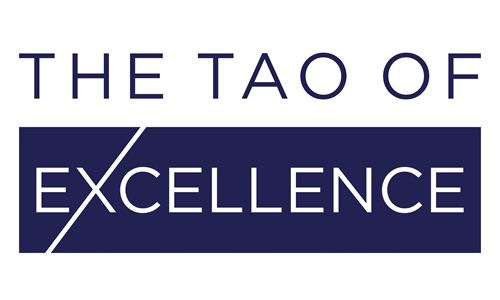Quality is not subjective but defined by that which brings it into being. Classically speaking, it’s about success, satisfaction, clarity, elegance, intelligence and an ability to function at a level that realises more than the borders of a given task or subject. Abstract as this may sound, quality can be mapped, managed, planned and propelled into even the most unsuspecting of places. It is an attitude that can be taken up, an atmosphere to be created, a task that can be completed in its most correct form—efficient, cost-effective and streamlined.
In the medical devices industry, organizations often focus the quality of their systems or processes around the requirements of regulatory compliance, irrespective of the day-to-day life of a company. In this mindset—where regulatory compliance constantly requires records to be completed and reams of paperwork to be filled in—quality becomes a burden to business, rather than a relief. Seen in a different light however, the implementation a system that drives quality in an organization can transform a company’s performance and secure its future.
This shift in perspective is the key to setting up the best kind of Quality Management System (QMS). That is, one that meets the needs of both the customer and regulatory bodies (as outlined by ISO 9000:2015 and ISO 13485:2016 standard), yet also manages to balance both the intended purpose and strategic direction of the organization.
The essentials
The success, sustainability and productivity of a great QMS relies on 5 essential steps:
- Culture: creating a company culture that sees small, continual improvements as the key to achieving the very best results. Additionally, it is one that is open to feedback, centralising any failures on the performance of its processes and systems rather than its people.
- Simplicity: a good QMS has streamlined, well-defined, interconnected processes that can interact easily with one another, providing both simplicity and practicality in everyday tasks.
- Clarity: tasks are clearly identified and explained simply.
- Suitability: selecting the right methodology. This would be the company’s defining system, rather than a system that runs parallel to an existing business structure.
- Training: well-trained employees that can independently take on and drive forward each initiative.
The signs
An effective QMS can be easily identified by 3 key areas. Companies will find their:
- customers are more satisfied, and the trend of complaints decreases;
- areas for improvement can be easily seen and addressed, with a targets system for improvements put in place as well as a reviewing process;
- internal audit programs are stronger.
The do’s and a few don’ts
- Plan tasks efficiently. The rule: measure twice, cut once.
- Write up procedures or instructions as simply and clearly as possible.
- Use technology to support tasks and lighten any manual or repetitive work.
- Document changes to track and illustrate the effects of the continual improvements.
- Acknowledge the impact of a good training and make it a focus.
- Mentor and support employees.
- Encourage an “out of the box” approach to problem solving.
- Recognise the efforts of employees adhering to processes.
- Do not let standards define the way of doing things. Requirements may need to be met but use the right methodology or a fool-proof one.
- Do not target individuals. Centre any corrections or improvements on the processes involved rather than the people, and act accordingly.
- Do not have parallel systems. Integrate the requirements of the business system with the quality management system.
- Do not leave things to chance.
The bigger picture
At the end of the day, having a good Quality Management System means more than manifold benefits to a company’s performance. It counteracts the costly damage of bad practice that can destroy a company’s future and endanger people’s lives.
In the medical devices industry, such repercussions were perhaps most keenly felt and addressed by the publication of The Implant Files in 2018. This year-long, international investigation—’the first-ever global examination of the medical device industry and its overseers’—revealed that a lack of market transparency and out-of-date and insufficient regulations had enabled unsafe medical devices to access the global market. FDA records linked these devices to more than 1.7 million injuries and nearly 83,000 deaths over the last decade. As a result, companies paid out billions of dollars to patients and regulatory bodies across the world.[1]
Internationally, many countries, including the two largest markets of Europe and the US, are collaborating to implement significant changes to the industry’s regulatory compliance. These initiatives are being built to improve patient safety, transparency and the restore the reputation of the medical devices industry.
With these in-depth changes afoot, companies should find a QMS that does more for its day-to-day business than meeting its requirements for regulatory compliance. Companies will need to be nimble and able to act and react to the market at speed in order to succeed in the future and optimise their performance for today. Contact The Tao of Excellence for a consultation or advice on how best to address your QMS.
 Deepa Rajagopalan
Deepa Rajagopalan
Phone
+41 52 685 51 65
Email
[email protected]
Did you like this article? Follow us on LinkedIn and Twitter!
[1] ICIJ, 25 November 2018, https://www.icij.org/investigations/implant-files/medical-devices-harm-patients-worldwide-as-governments-fail-on-safety/

